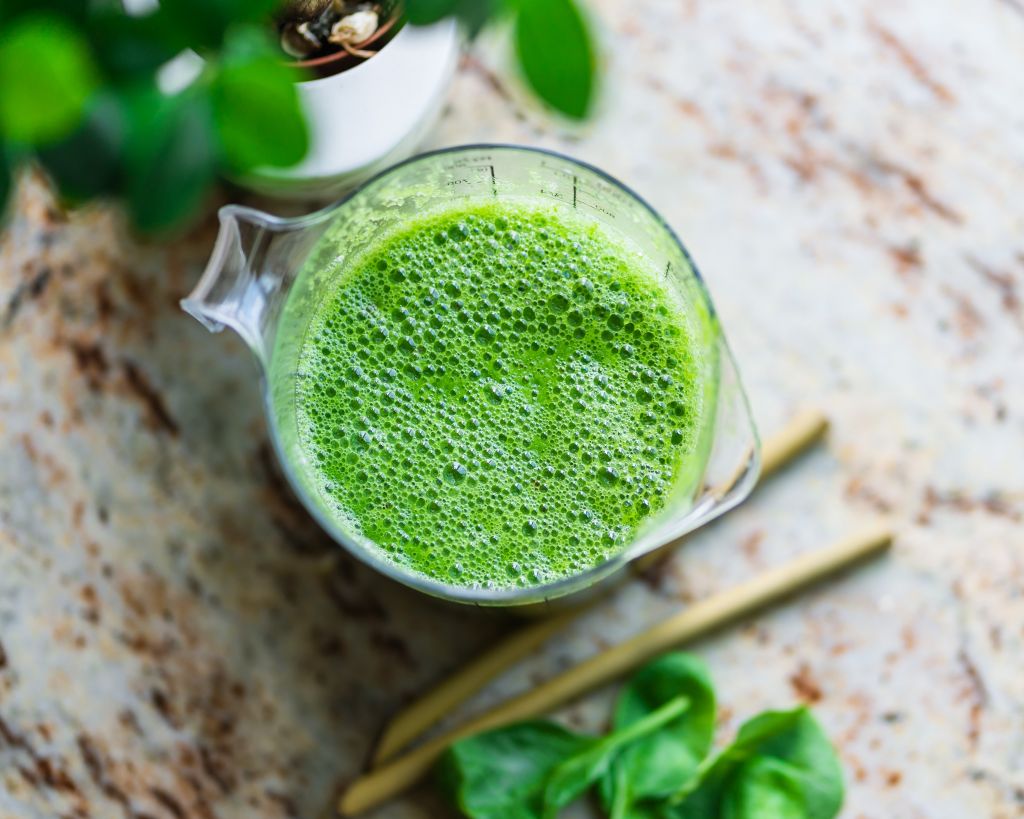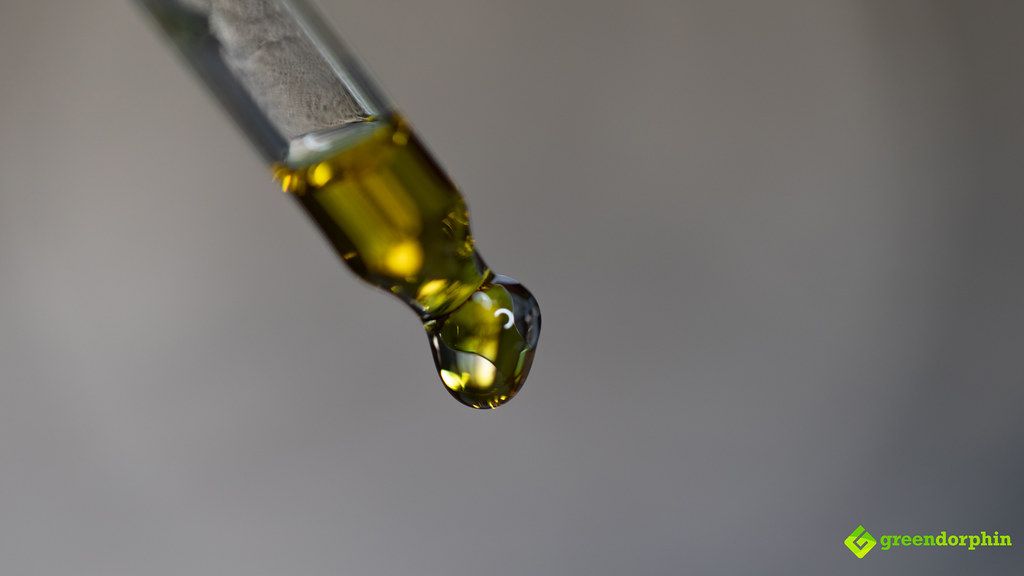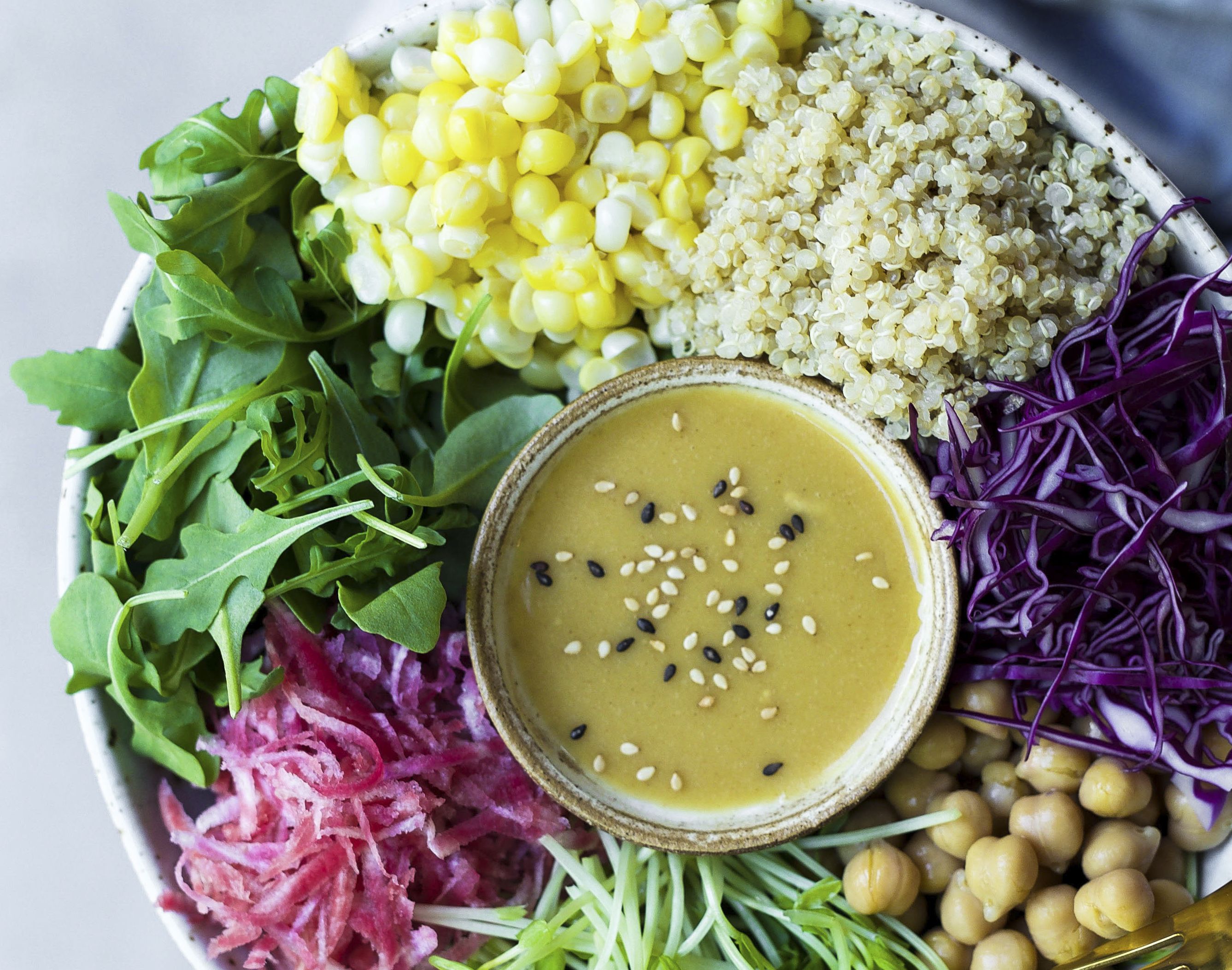Years ago, cannabidiol or CBD coming from the hemp or marijuana plant was unheard of. Today, times have changed, and because of the promising benefits and effects CBD oil is believed to have, it’s suddenly soared in popularity and become mainstream.
With more states recognizing CBD oil as legal, this has also contributed to the rise of manufacturers and dispensaries selling all sorts of CBD products that are used in various ways.
One of these is through cooking. Yes, today, many cannabidiol users have started using CBD oil as food ingredient. Many have done this, and many continue to cook with it, so that may have spiked your interest to try it out as well.
Before practicing your kitchen prowess with CBD oil, however, it pays to do some research first just so you can be certain that you’re doing it the right way.
If you’re interested to start cooking with CBD oil, here are five tips that may come in handy:
1. Start with The Simplest
Before going for complicated dishes, you may want to start with the simple ones first: smoothies and salads.
Cooking with CBD is quite simple and straightforward, but it may take a lot of getting used to for starters. If you start with smoothies and salads, however, it’d be easier for you to incorporate CBD.

For instance, when it comes to smoothies, you can start by adding a few drops of cannabidiol tincture. That way, you can gauge the effects that a few drops of CBD tincture may have on your body. You can also decipher how much CBD you can tolerate, taste-wise.
As to food, salads are always the simplest. You can start with switching your usual olive oil on your salads, either partially or fully, with CBD oil instead.
2. Don’t Shy Away From Using Fat
Cannabinoids, such as CBD oil, blend quite well with fat. So, when you’re cooking with CBD oil, don’t shy away from using fat.
When you use fat with CBD oil, you’re actually increasing its bioavailability, thereby, also increasing your chances of receiving the full benefits of CBD oil.
Two of the best fat sources you can use to bind with CBD oil are butter and coconut oil.
3. Be Wary of Heat When Cooking with CBD Oil
Oil is good for CBD, but heat isn’t. So, if there’s one thing you have to be very mindful about when cooking with CBD oil, it’s heat exposure.
When exposed to too much heat, cannabidiol may lose its potential benefits. So, it’d be best to check your heat levels using a thermometer or to ensure your oven isn’t beyond 320 degrees F.
When cooking, the safest thing you can do is to add CBD oil as a last step. You can do this while the food is still hot, already out of the heat. By doing so, you’re better able to preserve the compound’s integrity and effects.
4. Learn How Much CBD Oil to Use
As is the case when cooking with spices, you also have to be cautious with adding CBD oil. For starters, you’ll want to add it sparingly. Add it a little at a time—if you feel you need more CBD oil on your dish, it’s always easier to add more.

Typically, the best route is to start with 5 to 10 mg dose per serving. Then, assess how you feel. If you feel you need more CBD oil, you can always keep adding in your next dishes.
Along this line, if you’re using CBD on top of the current medication you’re taking, be sure to also seek advice from your doctor as to what the proper dosage is.
Cannabidiol is best known for being a natural compound and be generally safe from potential side effects, but this doesn’t mean CBD applies universally to everyone. People have different reactions to natural compounds, so you have to be very cautious about that fact.
5. Be Patient with Its Effects
Those who’ve long been using CBD oil in various ways would tell you that CBD oil will often take longer for its effects to sit in when you’ve cooked with it.
This is unlike CBD tinctures, for instance, wherein all you do is apply a few drops of cannabidiol sublingually, and within a few minutes, the effects start to kick in.
So, be very patient. Just because the effects haven’t kicked in right away, this doesn’t mean you should re-cook your dish to add more CBD oil.
Conclusion
If you haven’t jumped into the bandwagon of cooking with CBD oil just yet, the tips above should give you that added push and confidence.
From its humble beginnings as an alternative health supplement to, now, making its way to a lot of people’s daily routines, cannabidiol oil has definitely earned its spot in many households.
Cooking with CBD oil may work for you, too, as it had for many, for as long as you stay within the metes and bounds of the proper dosage. Most importantly, never skimp on the quality of the CBD oil you’re using.
- 4 Pros and Cons of Disposable CBD Vape Pens - March 14, 2023
- 10 Cannabis Myths For Beginners Debunked - February 23, 2023
- Weed Delivery Service Versus In-Store Shopping: Which Is Better? - July 22, 2022


